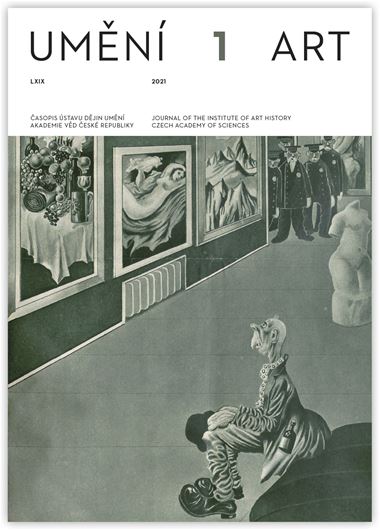Jaroslav Zeman
‘Bridges to the Past’: The Specific Properties of Bohemian German Architecture and its Sources of Inspiration in the Case of Northern Bohemia
In the mid-nineteenth century the north Bohemian industrial region, settled by a mainly German-speaking population, experienced exceptional urban and demographic growth. Its characteristic feature was rapid urban development which went hand in hand with an urge to build. In this way an impressive conglomeration of coexisting industrial areas emerged: stately villas, grandiose public buildings, delightful garden quarters and small town housing that created a distinctive genius loci for the place. The border region had long been a busy crossroads of culture, history and ideology, where Czechs, Germans and Jews mixed together and influenced each other. It thus reflected the complex ethnic relationships on the territory of what is today the Czech Republic. This wealthy, heavily populated region with a continuous belt of industrially developed agglomerations formed the economic backbone of Bohemia, Moravia and Silesia. Industry became an inseparable part of the identity of these towns, shaped not only by local architects but also by foreign studios and creators whose names were wellknown, operating in the adjacent German regions. A more or less independent north Bohemian architectural scene emerged with Ústí nad Labem and Liberec especially as its partial centres, a certain fragmentation given by the mixing of varied, often conflicting, tendencies being typical. This paper focuses on the architecture of the Bohemian Germans which created a natural counterpart to the architecture of the Czech majority. Its aim is to analyse in more detail the architectural product of northern Bohemia while laying emphasis on the stylistic starting points and theoretical background, including the concept of ‘style’ which did not lose its topicality even during the period between the wars which forms the focus of this study. Attention is similarly focused on the relationship between the clients and the architects and the financial and personal ties with another country which played a relatively significant role. The paper is a contribution to the revision of the still prevailing opinion that the buildings in the border areas are peripheral and not very inventive.
Jaroslav Zeman: zeman.jaroslav@npu.cz
Author's email:
zeman.jaroslav@npu.cz
Full-text in the Digital Library of the Czech Academy of Sciences:
https://kramerius.lib.cas.cz/uuid/uuid:bfa5dfc4-4423-4c15-b53c-ae337a1647d9
< back

